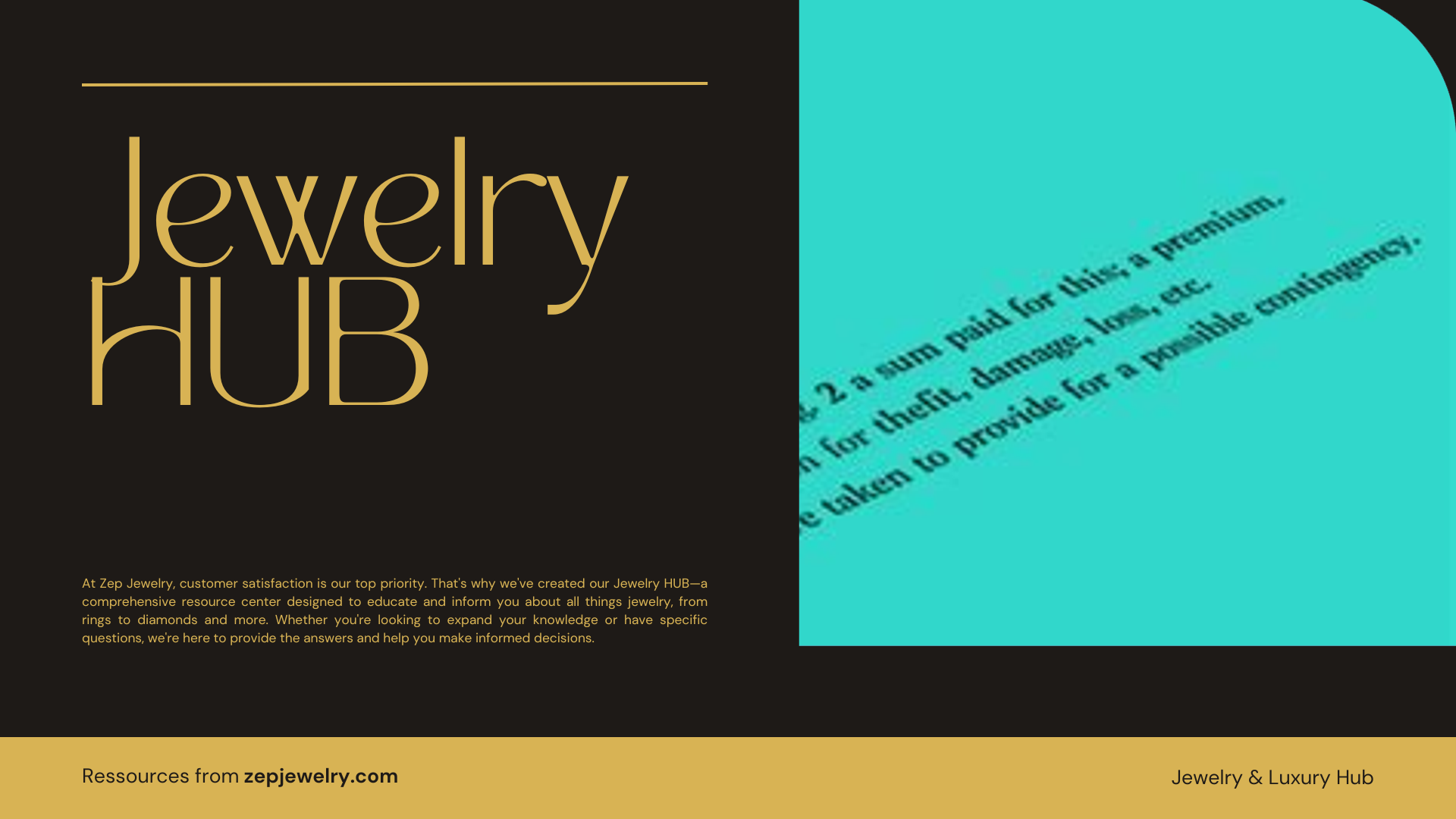Did you ever lose a cherished piece of jewelry and wonder, “What now?” It’s not just the sentimental value that stings; the financial worry often lingers long after. Jewelry insurance claims can feel like navigating a labyrinth, and understanding the payout process is your guiding light. Insurance companies usually rely on two methods—actual cash value and replacement cost—to decide how much you’ll actually receive. Like unraveling a mystery, each approach reveals its nuances, affecting your compensation in ways you might not expect. Let’s delve deeper into how these methods intertwine with your financial well-being.
How do insurance companies determine the payout for jewelry claims?
When it comes to determining payouts for jewelry insurance claims, insurance companies generally operate using two primary methods: actual cash value (ACV) and replacement cost. Each method affects the payout amount significantly, so it’s essential to understand how they differ.
Actual Cash Value (ACV) reflects the item’s worth at the time of the claim, accounting for depreciation. This means that the payout may be less than what you originally paid for the item, as it considers factors such as age, condition, and market fluctuations. For instance, if you purchased a ring for $5,000 five years ago, it may now only hold an ACV of $3,500 due to depreciation.
Replacement Cost, in contrast, offers a more favorable outcome by providing coverage for the cost to replace the lost or stolen item with a similar one at current market rates. This means if your original ring is lost, the insurance will cover its replacement without factoring in depreciation, potentially resulting in a payout that matches or even exceeds your original purchase price.
Understanding these two types of reimbursements is crucial when submitting your claim and negotiating with your insurer. Prepare to discuss the value of your jewelry confidently. Keep in mind that having a professional appraisal can support your case, especially for high-value items. Be ready to present documentation of the item’s worth, as insurers often require established values rather than inflated appraisals to prevent fraudulent claims.
Lastly, it’s wise to be proactive by reviewing your insurance policy. Some homeowners’ policies may have limits on jewelry coverage, so consider upgrading to a personal articles floater for significant pieces. By knowing the ins and outs of the claims process and how payouts are calculated, you can navigate your jewelry insurance claims more effectively.
What is the process for filing a jewelry insurance claim?
When you file a jewelry insurance claim, the first step is to notify your insurance provider about the loss. They will typically guide you through the claims process, which may involve submitting necessary documentation, including a police report if the item was stolen. After the initial notification, the insurer will assess your claim and may collaborate with your jeweler to determine the item’s value, ensuring you receive a replacement of equal or greater value. This collaborative effort is essential, as it helps establish a fair settlement and enhances your experience during the claim process.
How long does it usually take to receive a payout for a jewelry claim?
The timeline for a jewelry insurance claim can vary significantly based on the complexity of the case, but most claims are settled within four weeks. However, some claims can stretch to six months or longer, especially if additional investigations are required. While the wait time can be frustrating, it’s vital to remain patient and proactive, as the ultimate goal is to secure the best settlement possible. Remember, the time you invest in the claims process is often outweighed by the prolonged enjoyment of your jewelry once the claim is resolved.
What factors can impact the approval or denial of a jewelry insurance claim?
Several factors can influence the approval or denial of a jewelry insurance claim. Insurance companies may take into account established item value versus inflated appraisals, as they require accurate valuations to process claims effectively. Additionally, your claims history plays a significant role—multiple claims within a short period can lead to increased premiums or denial of coverage from all insurers. A cooperative approach during investigations, including providing access to personal records, is critical to ensuring a successful claim outcome.
How can social media use affect my jewelry insurance claim?
Posting about lost or stolen jewelry on social media can jeopardize your insurance claim. If your social media activity contradicts your reported losses, it could lead to allegations of fraud. Insurers are vigilant about discrepancies between claims and online representations, and being untruthful can result in not just denial of your claim, but also potential legal ramifications. To protect yourself, it’s wise to limit public discussions regarding your claim until it has been fully resolved.
Why are police reports often required when filing jewelry insurance claims?
Police reports are commonly required in jewelry insurance claims, particularly in cases of theft, as they serve to prevent fraud and establish the legitimacy of the claim. These reports provide crucial documentation that the jewelry was indeed stolen, rather than simply misplaced or lost. This helps insurers verify the authenticity of the claim and can expedite the claims process. Failure to obtain a police report could hinder your ability to receive reimbursement and is a vital step to protect both you and the insurer against fraudulent activities.
